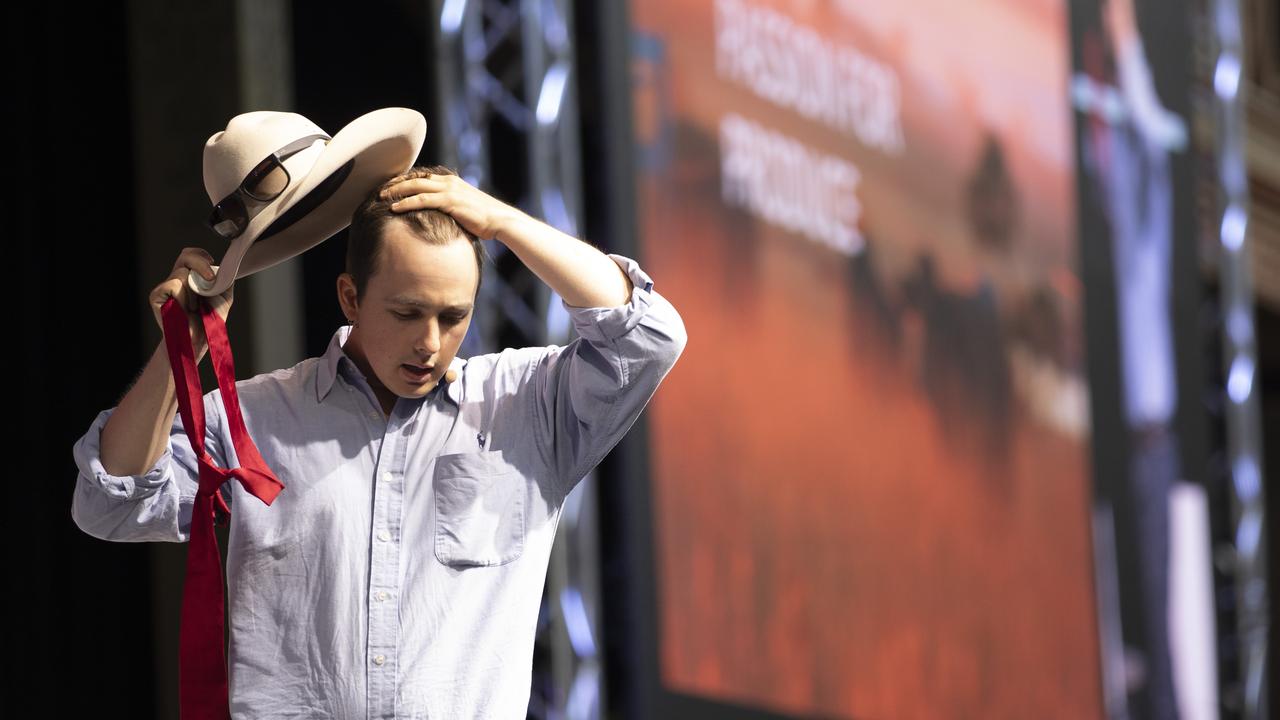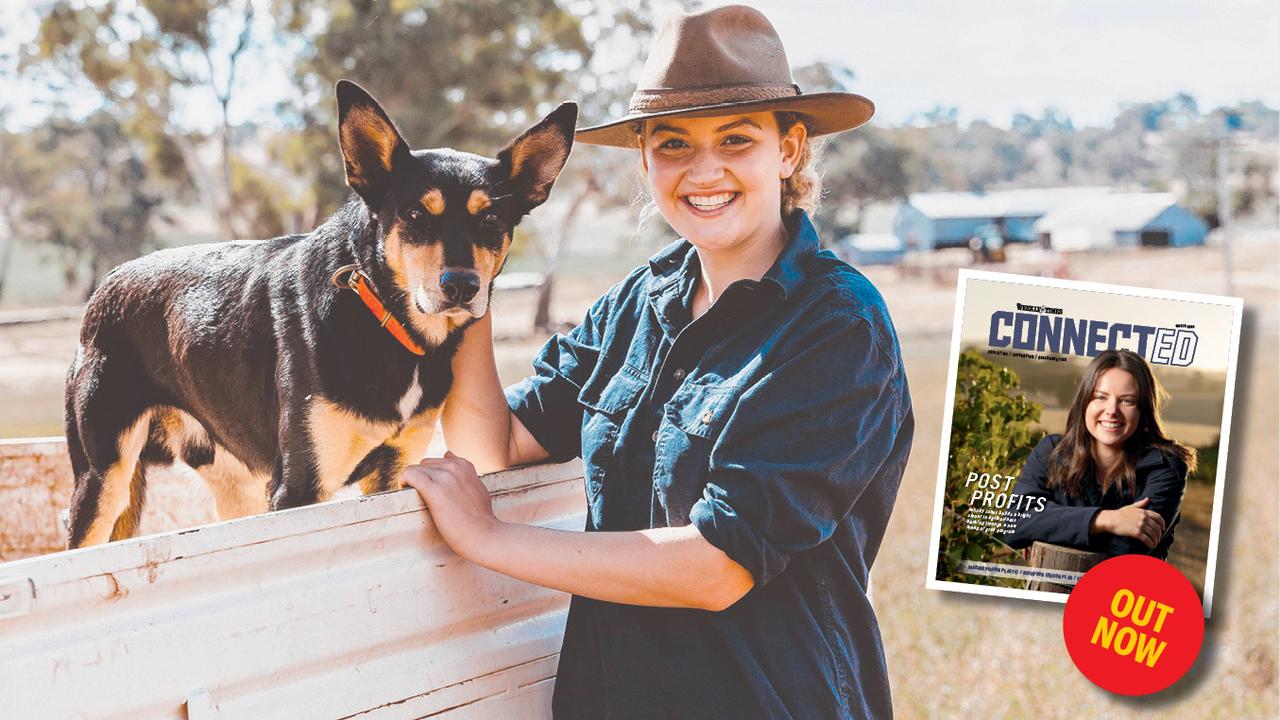VCE students learn about native flavours through indigenous foods
TODAY’S youth will define Australia’s national cuisine, and roo burgers in saltbush buns could be the iconic dish, writes CAMILLE SMITH.
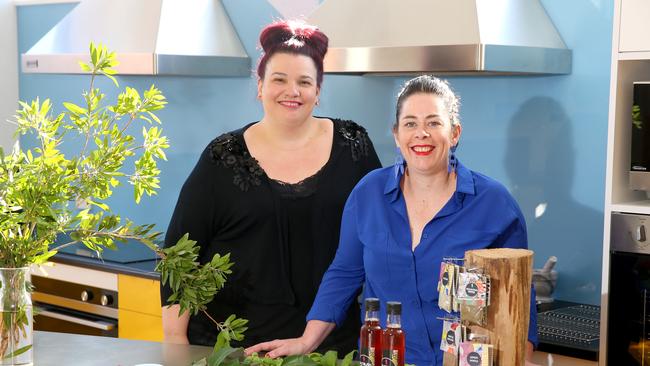
BUSHFOODS are permanently on the menu for VCE students.
Following curriculum changes in Victoria two years ago, Year 11 food studies students must learn about the history and resurgence of indigenous foods, experiment with native flavours and consider whether Australia has truly developed its own distinctive cuisine.
This new study requirement has opened a door for entrepreneur Brigid Corcoran.
In her second year of partnership with Ballarat’s Tech School, Brigid teaches a course called “Bushfoods, Innovation in Australian Food” to Year 9-12 students.
“I was so rapt that a new education centre was looking at innovation in food and was considering bushfoods was where they wanted to focus,” Brigid says. “It sat within what I’ve been working on for years.”
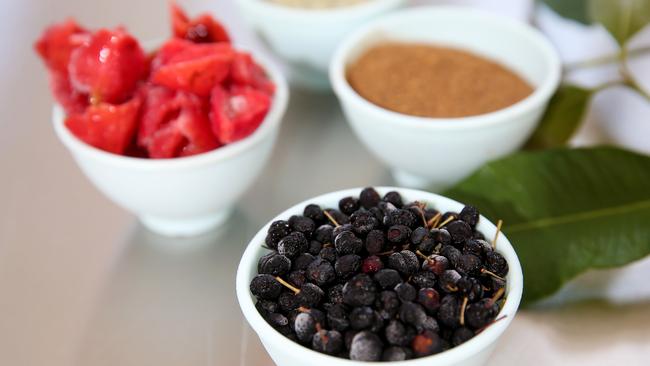
LIVING HISTORY
Originally from Buninyong, Brigid runs Saltbush Kitchen, a small manufacturing business that produces gourmet spice blends, syrups and dressings made from native bushfoods.
She believes Australia’s drought-tolerant native edible plants have huge potential to contribute to the nation’s agribusiness sector — an idea supported by research groups, peak body Australian Native Food and Botanicals and the education department.
To achieve this goal, however, Brigid says it is critical to teach consumers, the food industry and the next generation how to use and capitalise on indigenous crops.
UNIQUE AGRICULTURE EDUCATION AT KINROSS WOLAROI SCHOOL
CARAPAC SUSTAINABLE PACKAGING DOES GOOD AT EVERY STEP
FREE TUTORING SERVICE FOR REGIONAL VCE STUDENTS
She’s not a teacher by trade, yet education has always been part of her business strategy.
In the early days of Saltbush Kitchen, Brigid ran cooking workshops in Ballarat to teach people how to use native ingredients in everyday meals.
Passionate about social enterprise and sustainable agriculture, her interest runs much deeper than her own profits.
“This is the food of the country we live in,” says Brigid, rattling off some of the indigenous foods that she introduces to students: wattleseed, saltbush, pepper berry, finger limes, Moreton Bay figs, quandongs.
“From my experience working with bushfoods farmers, the demand is growing and they can’t supply the demand at the moment.
“I anticipate that (interest) will grow considerably in five years, that we will see a lot more production of bushfoods in the region.”
She says the intent of the course is to introduce bushfoods to a generation who may have never tasted them, and plant the idea that they are an important part of the nation’s food culture.
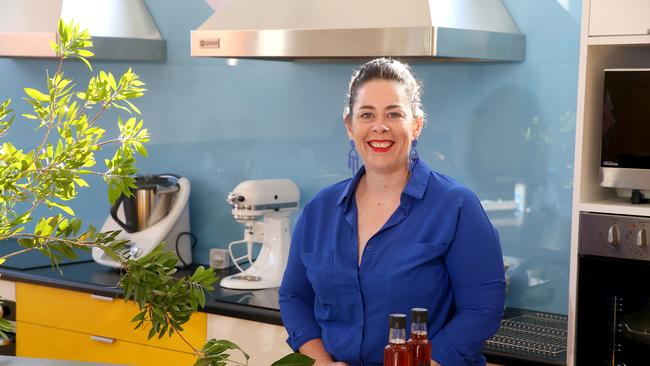
SENSORY DISCOVERY
In 2017, Ballarat Tech School associate director Sofia Fiusco approached Brigid to collaborate on the course.
“The reason we chose to look at bushfoods is because it is a unique area that is growing in interest in the community,” Sofia says.
After a year of legwork and a trial last year, the program has been refined and is offered this year as a one-day class with two streams — one for Year 9-10 students and a second for Years 11-12.
Delivered in the Tech School’s food science lab, Brigid says the junior program focuses on research and development.
“We talk about Italians and Vietnamese, and those heavy influencers on how we dine,” Brigid says. “Then we look retrospectively at Australian bushfoods.
“Students go through a sensory discovery … so they can understand how easy it is to translate the flavours into what we eat today.”
Students create a bushfood cookie, make their own native ingredient-flavoured butter cream, design a brand and pitch the product.
The Year 11-12 program is more challenging. It examines how farmers, food scientists, chefs, consumers, government, media and manufacturers all play a part in the viability of the bushfoods industry.
“They will learn about Australian food culture and identity, and how we can embed bushfoods back into that identity,” Brigid says.
Students learn about 15 native foods in fresh and dried forms, experiment with flavours, create recipes and brainstorm about how to elevate the profile of bushfoods across industries.
“In first semester this year, I will be teaching these programs to 600 students across the region,” Brigid says. “For me, with my ambition to try to get more Australians to embed bushfoods into how they live, I couldn’t have done that just running Saltbush Kitchen.”
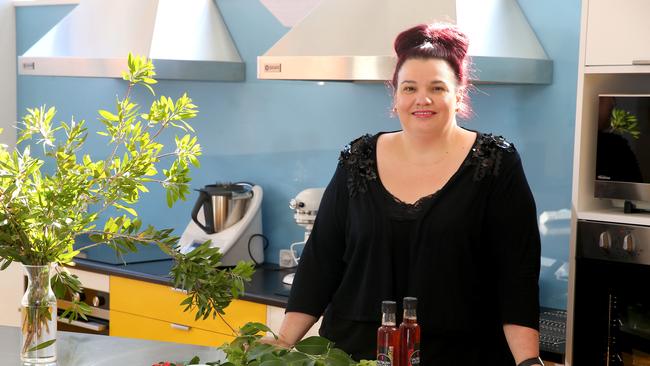
OPEN INVITE TO INDUSTRY
Ballarat Tech School opened on the Federation University campus in 2018.
Secondary students from 17 partner schools in the region will take part in programs, designed in collaboration with industry experts, across six sectors: manufacturing, creative industries, food and fibre, health sciences, information technology and new energy.
“A big thing for us is really listening to industry,” associate director Sofia Fiusco says. “Our role is supporting the industry partner to deliver a program which scaffolds young people through a new era of understanding.”
Brigid Corcoran is one of the food and fibre partners. Others include synthetic fabric manufacturer C.E. Bartlett and Mitchell Harris Wines.
Sofia says industry partners can be as involved or hands-off as they need to be.
“We can be quite innovative. We are mindful that these people are running businesses and we can’t disrupt their workflow every day,” Sofia says.
The Mitchell Harris three-day course focuses on the science and technology behind soil health, plant cultivation, fruit harvesting, winemaking and food manufacturing.
Brigid says Tech School staff guide program development.
“The way the Tech School works, they bring in industry professionals — someone like me — and I have access to other staff in the school who are professionals in education, and we work together to build a good program. You feel quite supported.”

